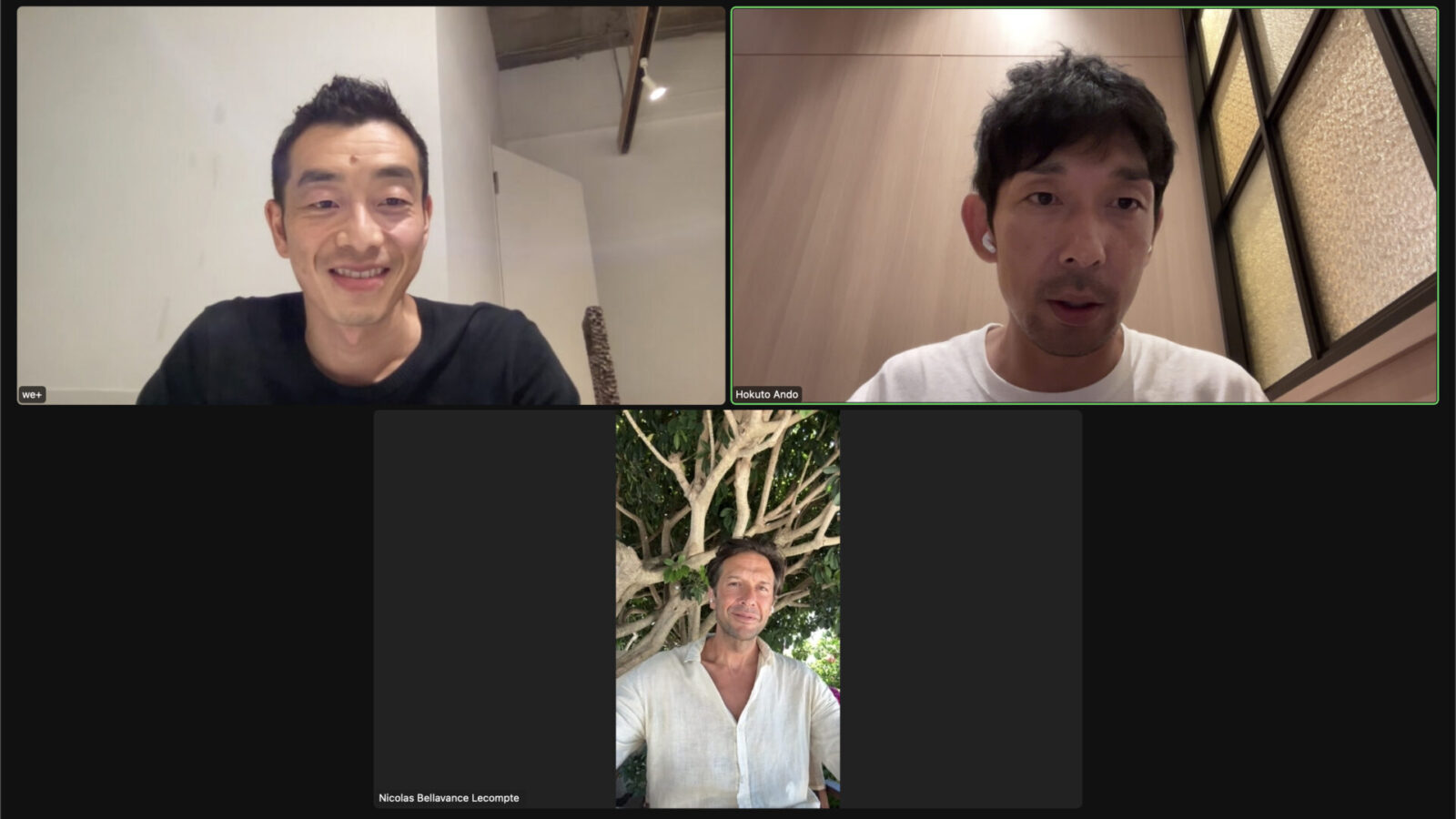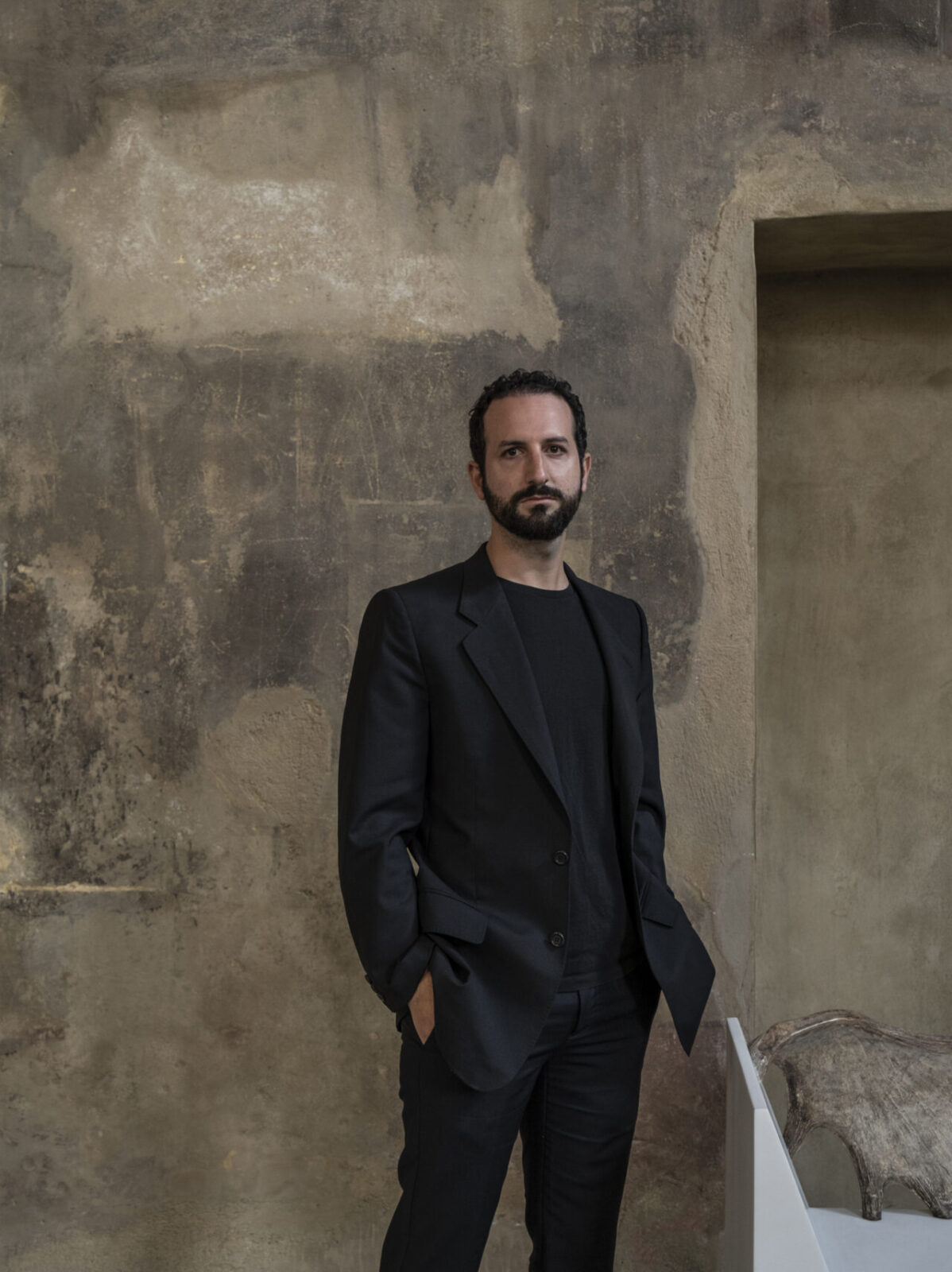CARWAN GALLERY
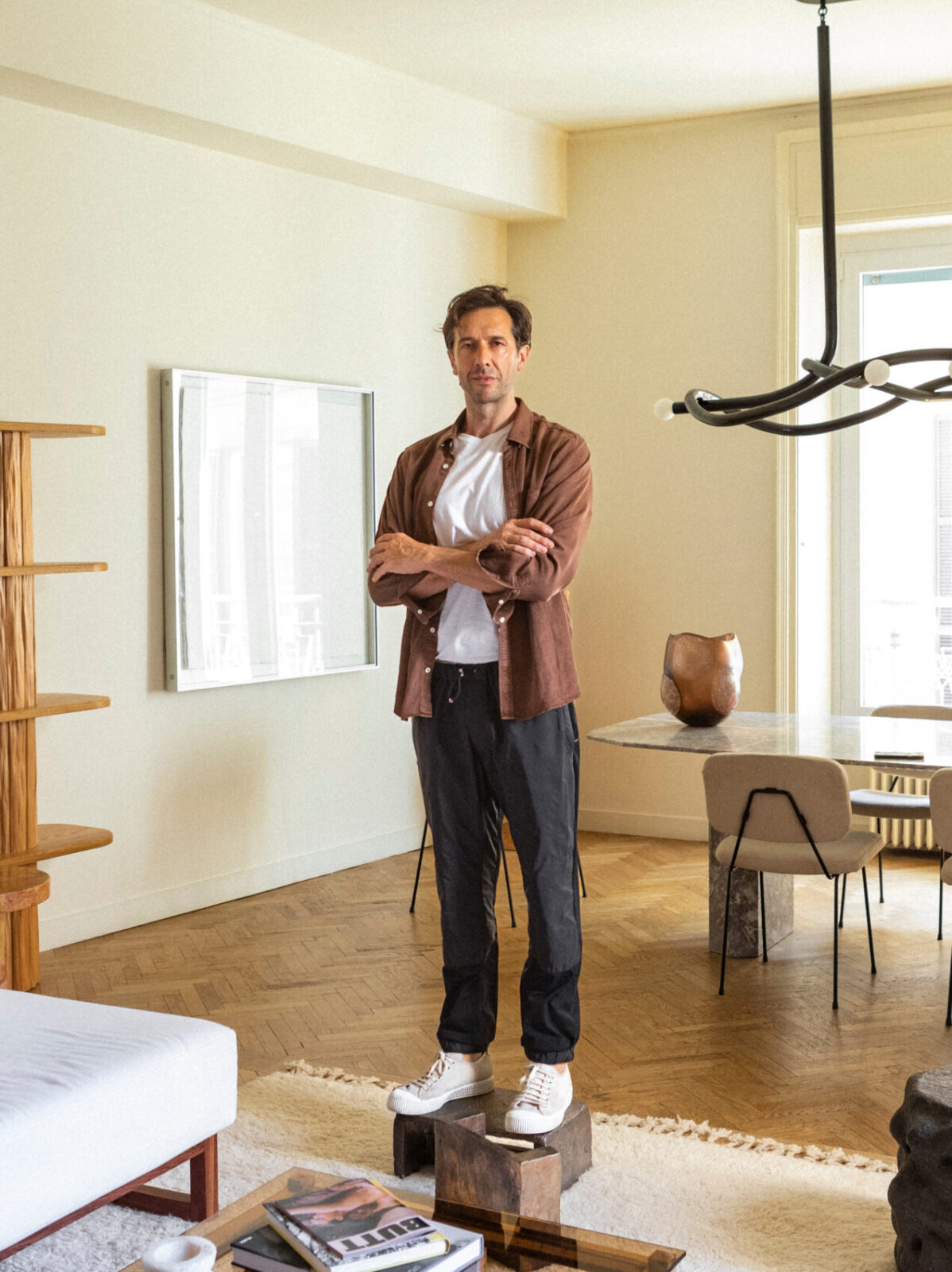
Our guest is Nicolas Bellavance-Lecompte of CARWAN GALLERY, the first design gallery in the Middle East and now based in Athens, Greece. Nicolas is a Milan-based architect and independent curator who has curated numerous exhibitions and private galleries, as well as launching NOMAD, a travelling showcase for art and design in 2016. He is currently working on new projects in Rwanda and Nigeria, Africa, and is a leading figure in the contemporary design scene beyond the confines of a gallerist.
- CARWAN GALLERY
Carwan Gallery is a leading international contemporary design gallery with a focus on promoting and producing cutting-edge collectible design from the Near East region and beyond. Under the direction of Nicolas Bellavance-Lecompte and Quentin Moyse, both architects and creative entrepreneurs, the gallery develops exceptional cross-cultural collaborations that call attention to the region’s most compelling contemporary material culture. Carwan employs a comprehensive design approach via the plurality of its collaborations between architects, artists and designers, prompting a vital and rich exchange of ideas, influences, concepts and know-how. After nearly a decade of activities in Beirut, Lebanon and its participation in more than 50 international exhibitions, the gallery has relocated in Athens, Greece in September 2020 in the area of the port of Piraeus.
Incubator for the Middle East design scene
Nice to meet you. we+ is a design studio based in Tokyo. We exhibited “Refoam” series, a collection of furniture made from used Styrofoam, at this year’s Milan Design Week.
I saw your project. It was very interesting and one of my favorite presentations.
Thank you very much. Now let’s start with the first question. Could you let us know about the background and concept behind the establishment of the gallery? Has your origins, education and experience had any influence on it?
I was born in Montreal, Canada. Fascinated by the world of architecture and visual arts, I studied architecture in Montreal and Venice, and obtained a Master’s degree in Interdisciplinary Creation in Berlin, combining architecture, urban planning design and visual arts. I then decided to move to Milan, where I have lived for more than 14 years. I am interested in combining architecture, art and design with geographical context, which is the basis of all my activities. In 2011, I founded CARWAN GALLERY in Beirut, Lebanon, where I worked for eight years.
Why was it Beirut?
This is a good question. I like to watch culture confrontations, discover new cultures, and put myself in the middle of a completely different mindset. I first visited Lebanon around 2009 and I found it to be a captivating country not involved in war, with a developing economy and a wealth of creativity. Surprisingly, there were no design galleries in Beirut. Thus, I decided to open a gallery there for a few years to create a platform where cultural specificity, design, and craftsmanship could interact. I am primarily the gallery’s artistic director, responsible for making the program. In the year we set up the gallery, we brought in designers from abroad to interpret Lebanese culture from their perspective and work with local craftspeople. This move not only inspired local designers but also turned the gallery into a platform for promoting their work. After three or four years of activities in Lebanon, Beirut became a kind of Middle East design capital, and more than 20 young designers who had gone abroad came back and started opening studios. It was a proud and exciting experience for us to be an incubator of new ideas, creating an environment where locals could influence each other and contribute to dynamising the Middle East design scene. Patrons and collectors in Beirut did not understand design collecting at first, but after a few years they began to understand the added value of collecting design pieces and supporting young designers by commissioning special pieces. The Lebanese collector became a significant and influential force for other galleries. It is interesting to see a new design scene emerging in this way.
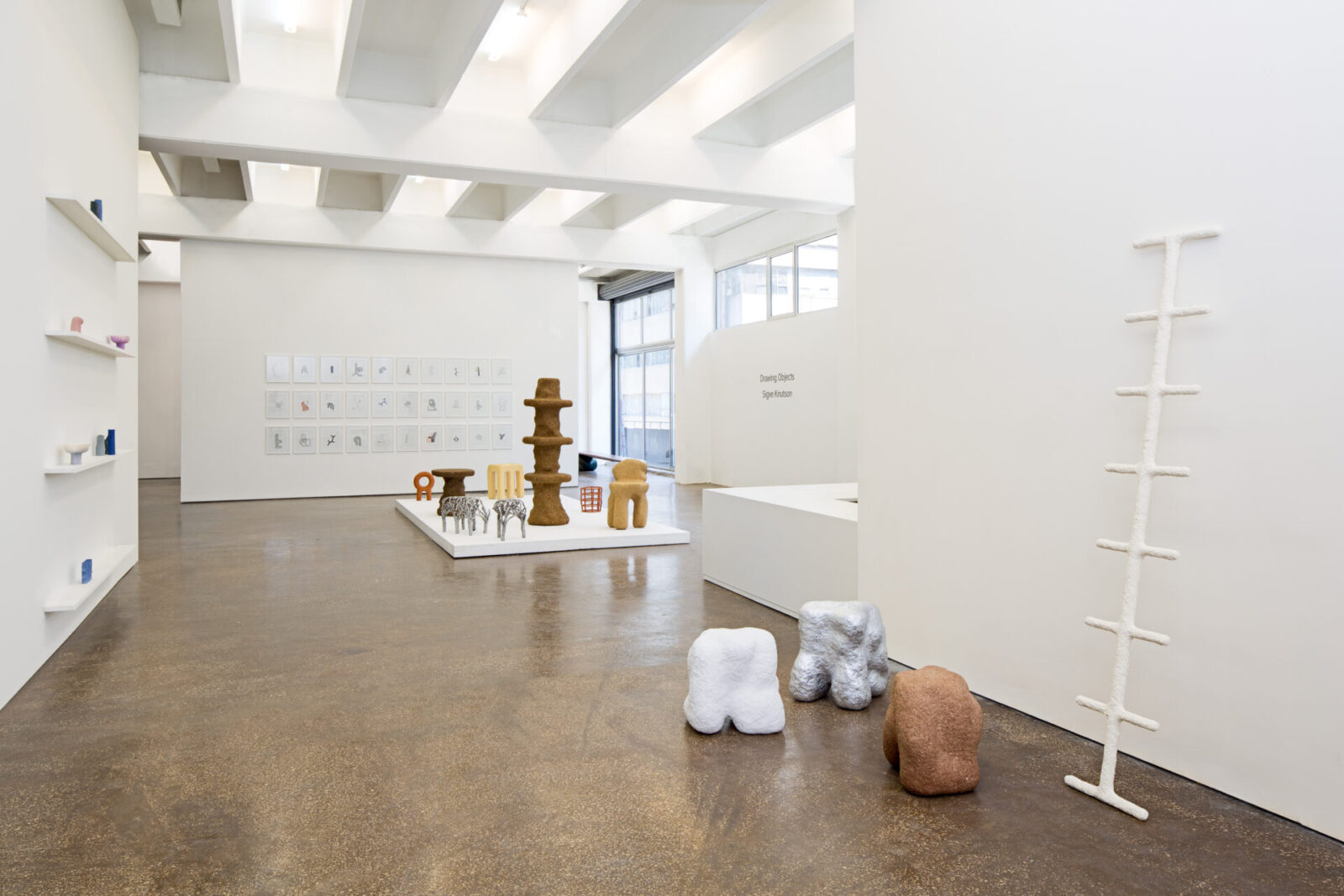
Platform for new experiences and interactions
You are also the organizer of NOMAD, an art and design showcase.
Yes, I launched NOMAD in 2016. My business partner Giorgio Pace and I had lunch at my home in Milan during Milan Design Week. We discussed that it was a pity that there was no personal trade shows in the world today, where you can take time to meet people in scenic locations and literally create a dialogue between the architectural context and the art and design pieces led to the creation of NOMAD. The first year started at La Vigie, the oldest villa of Monaco, inviting friends and art and design galleries from all over the world, and has also been held in St Moritz and Venice. NOMAD has become another very important activity of mine, creating cultural exchanges and interactions. It is a platform where many galleries and designers learn from each other’s ideas in a very personal way. I also work as an independent curator and am trying to create a new platform in Rwanda, Africa, to showcase local designers, architects and artists. We are also planning to organize a big exhibition in Tunisia in April next year, bringing designers from all over the world to Tunisia to showcase the work they have created with local craftsmen.
The concept of the gallery is to foster new experiences and cultural interactions. How do you see its distinctiveness compared to other design galleries?
CARWAN GALLERY is a unique gallery where most of the exhibited works are commissions. The exhibition program is always experimental and has a unique perspective on the next generation. This may have something to do with our being based in Beirut and Athens, but our critical approach, which values cultural specificity, stands in contrast to that of a for-profit gallery. While CARWAN GALLERY is not a non-profit organization, we value careful research and the authenticity of our projects, and we do not repeat what already exists in the world.
Who are the clients of CARWAN GALLERY?
It is very diverse. I continue to work with clients from the Middle East, whom I have known since I had a gallery in Beirut, and more recently I have been working with a growing number of Greek clients. They are young collectors and clients. They came back to Greece after the Greek crisis and were happy to accept CARWAN as the first design gallery to open in Greece. Elsewhere, we work with many European architects, and have established strong relationships with American architects and interior designers as a result of exhibiting at fairs in New York and Miami.
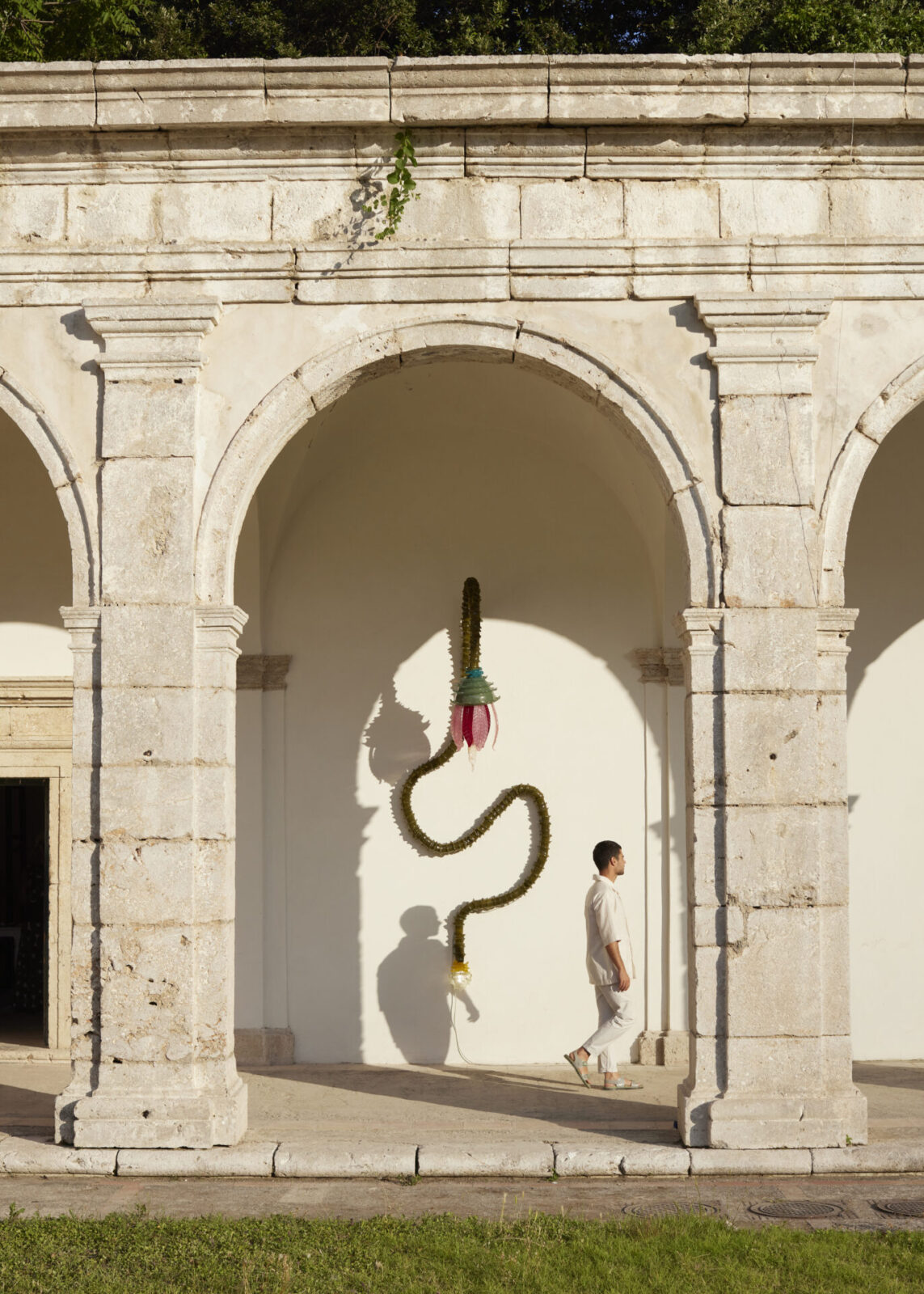
Discovering what is not a global trend
What do you think are the current design trends? What are your thoughts on trends?
I had a conversation with Nina Yasha from Nilufer Gallery last week about design trends and we were talking whether what we present normally in our program is too much ahead of its time. We like to discover new talents who are experimenting with materials and researching form, and we want to be the first to present their work, but the market is not yet ready to accept them. Even if the exhibitions are great, people are not ready to understand them, and after three or four years, the work is finally bought, and commercial projects are started.
Personally, I don’t like to talk about trends. I don’t want to have conversations about how this year was the year of terracotta, or glass. It is more important for me to understand the practice of designers or artists and where they are going. However, nowadays, social networking has accelerated all consumption, and many designers keep uploading photos and influencing each other, so the work has become uniform. Personally, I think that is a big problem. I believe that my work is to find what is not trendy and I want to focus on original experiences such as research.
That’s why you set up the program in Africa.
Research in Rwanda is very interesting. Young local designers and artists create the work, but they are not yet contaminated by global trends, so it is really interesting to see the pure creativity that emerges in such an isolated reality.
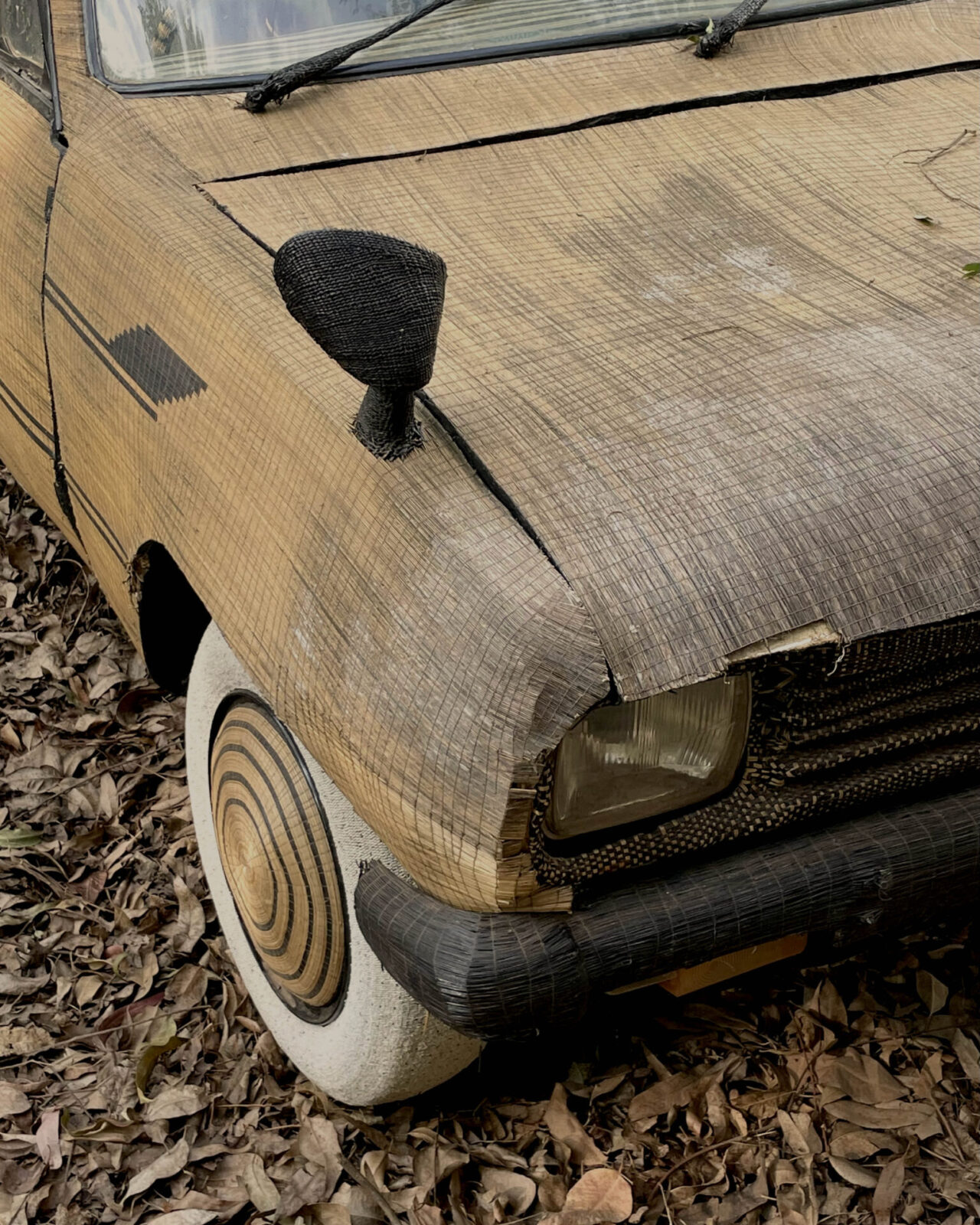
Travelling brings new concept
I guess this relates to your current answer, but what are the key points you focus on when selecting a work for the gallery?
It’s a work that integrates research and practice, having a specific concept. I like to deal with work that gives a sense of evolution or development in the work, or that pushes the design to the next step. When a designer proposes a project, I sometimes ask them to go back to the drawings and production process to make it more robust. We are willing to take on challenges to bring the work to a new phase. For a gallery’s program to be unique, it should have interesting research, diversity and a global perspective. I also share ideas with other galleries and give them advice. I believe it is crucial not to view it as a competition, but to always have an open-minded dialogue, allowing us to influence each other positively.
How do you find new talent?
I don’t do any specific actions. I am a traveller and a nomad, so I discover new concepts by moving around. This summer I travelled by small plane to the Iberian Peninsula, Morocco and North America in order to have a different summer holiday. I travelled to small towns in the countryside and places that can only be reached by small plane, meeting local galleries, artists, designers and craftsmen in each place. When I move around a city every day and the people I meet change, I get a lot of ideas and inspiration for the future. Travelling gives me new ideas.
Have you ever been to Japan?
I have been to Tokyo and Kyoto. In Kyoto, I had the opportunity to visit the studio of Ritsue Mishima, a glass artist based in Venetia and Kyoto, which was very inspiring.
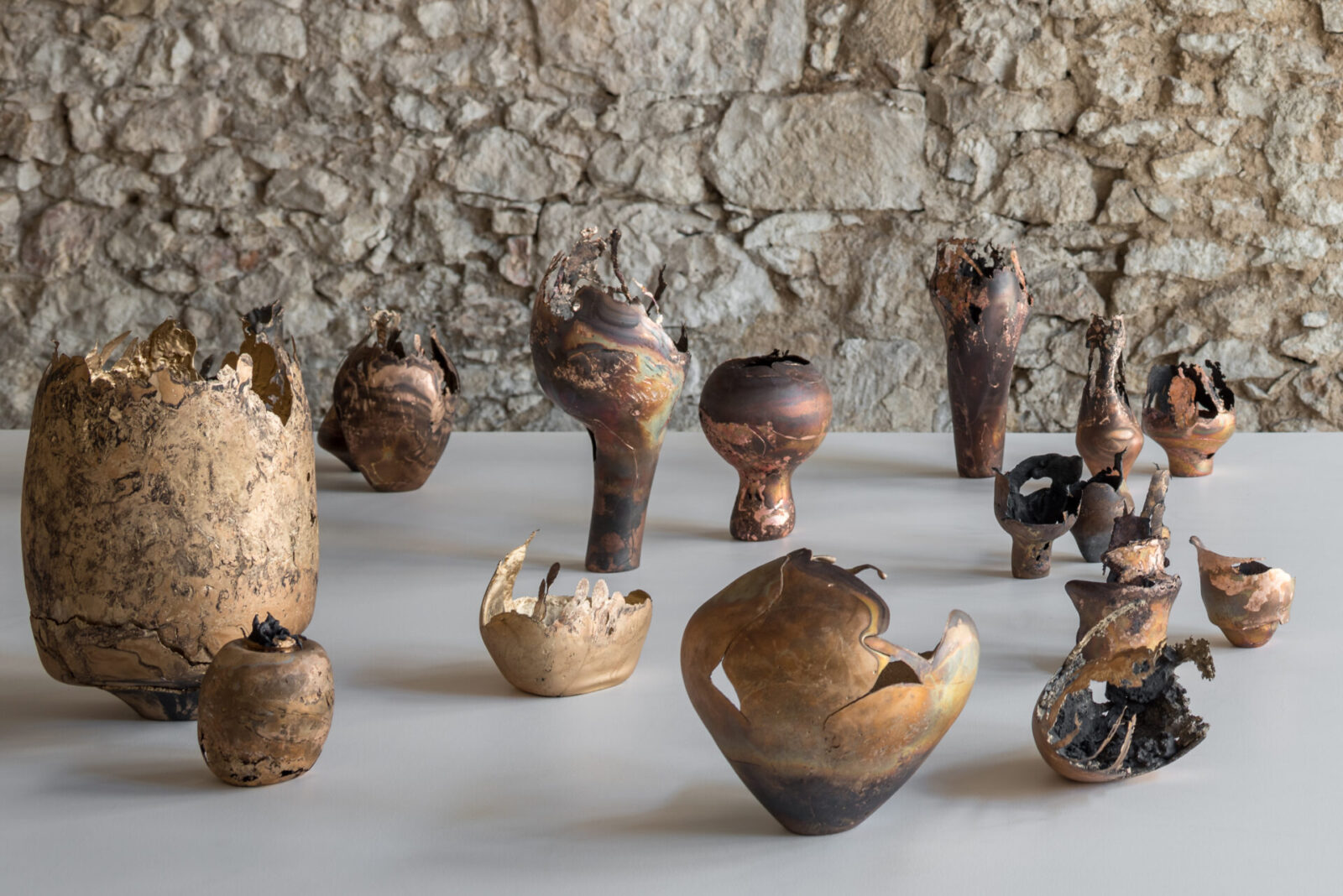
What Japan needs is a curatorial project open to the world
What is your impression of the Japanese design scene and designers?
I feel that the Japanese design market is closed at the moment and it is difficult to know what is happening there and to find new talent. In that sense, the DROPCITY exhibition at this year’s Milan Design Week was very interesting because it was the first time in a decade that I discovered many interesting Japanese designers and I got to see what they are doing. I don’t like to make comparisons, but Korea, for example, is very good to export both design and other industries on a global scale. There are Korean designers who belong to galleries, there are innovative platforms and showcases, and I think there is a lot to learn from the Korean model case. I think Japan needs broader curatorial projects and platforms with global standards to export Japanese design.
Japanese designers may need to have a more open mind.
In our African projects, we are also interested in getting NGOs and governments to support us in developing the design market. We bring press, buyers and museum representatives and present them with new ways of thinking. We involve people in the creative industries – architects, designers, artists – to work on a special exhibition or project and give them international recognition. I think the Asian market has the potential to develop and we have to keep our eyes open.
I would like to ask you about the future. How do you think the contemporary design scene will change in the future?
If you think of contemporary design as so-called collectible design, I think there is so much potential there. This is because the contemporary art market is very saturated and the prices have gone crazy. A lot of art collectors would be interested in contemporary design that is still fresh and practical. There are waiting lists and resales in the art market, but there is no secondary market for contemporary design yet, and there is still very little competition from designers and galleries. I think NOMAD and design galleries will become more and more successful in the future.
I hear that there are many young collectors in Europe, but are there collectors in Asia and Africa as well?
This is all about education. There are new markets and collectors in Africa. The economies of eastern Africa, including sub-Saharan Kenya and Rwanda, are booming. So are Ghana and Nigeria in the west. There are a lot of young, economically successful businessmen who want to support the local creative industries and are very proud of their identity. It is easy to develop collector markets in those areas. As regards Asia, there are many collectors in Hong Kong, Seoul and Singapore, especially Hong Kong and Seoul in my experience. Recently, Bangkok has also been dynamic and energetic. Singapore may be a bit quieter. Japanese collectors are also great, but they can be traditional and specific. When it comes to contemporary design, there are not many Japanese collectors, but I hope that will change.
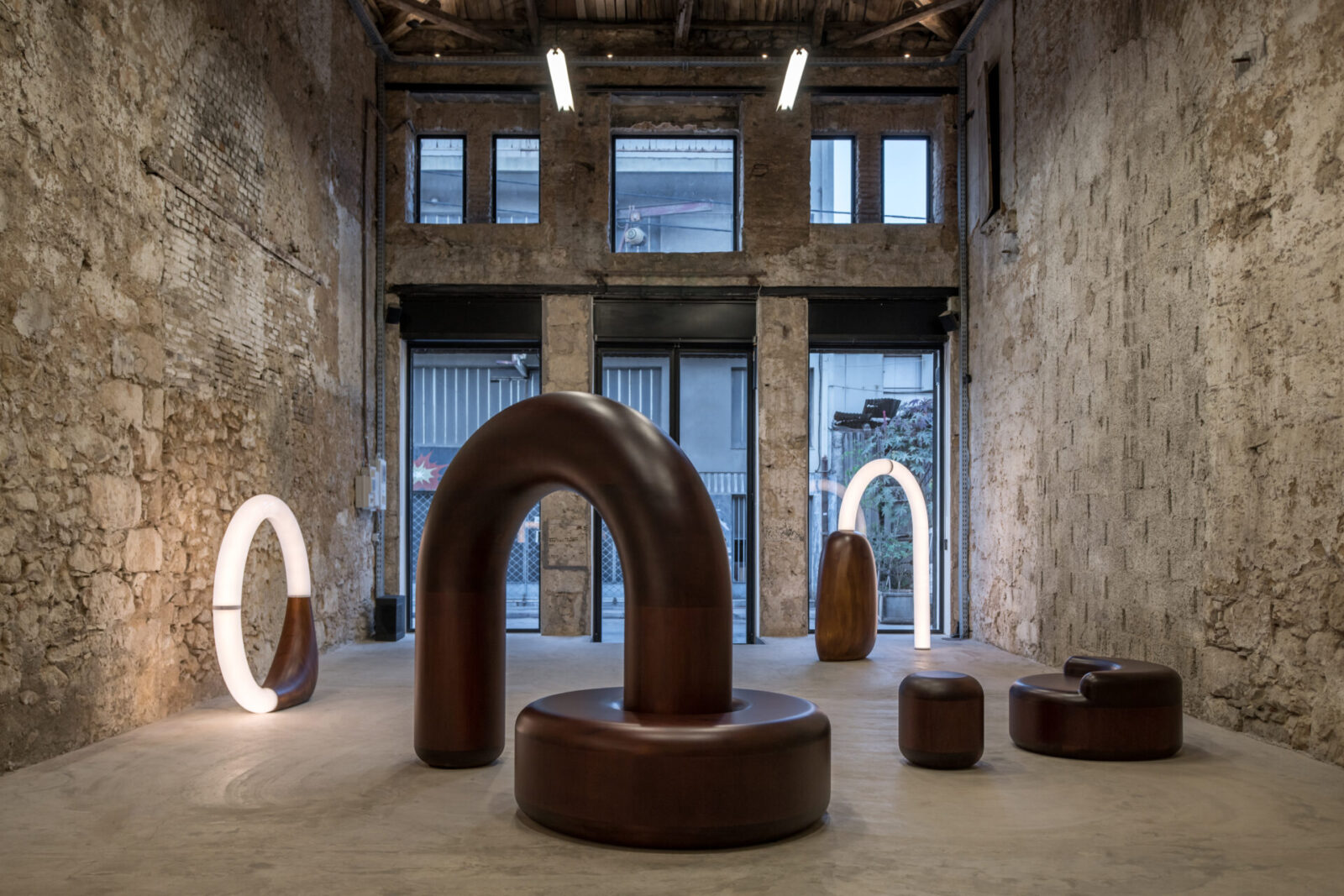
I see. The market for contemporary design in Japan is small, so we have to do our best.
There are many traditional craft techniques in Japan, so I think we need to value these while creating the work with our own unique perspective.
Yes, I think it is. I believe that both the context and evolving in the unique practice are important for the work of designers, and that gallerists and curators have a role to play in supporting them.
Right. Thank you very much for today. Finally, please give us a message for the readers?
I want people to keep an open mind to new experiences. I believe it is important for everyone to explore creativity with an open mind. Thank you for your time today.
